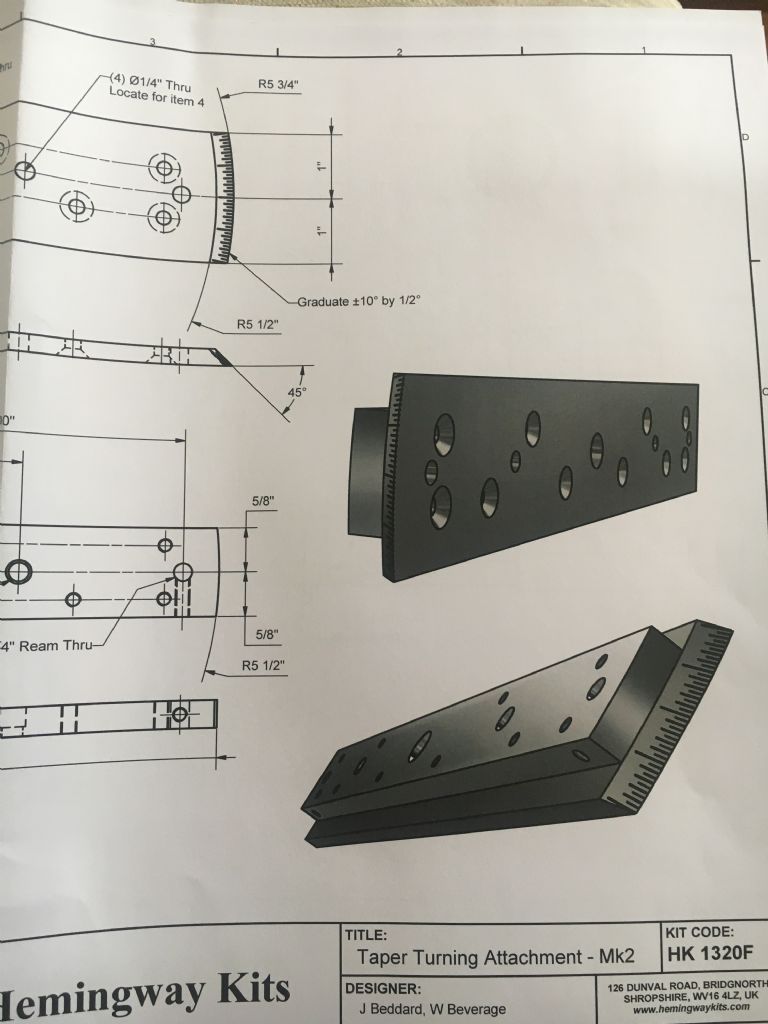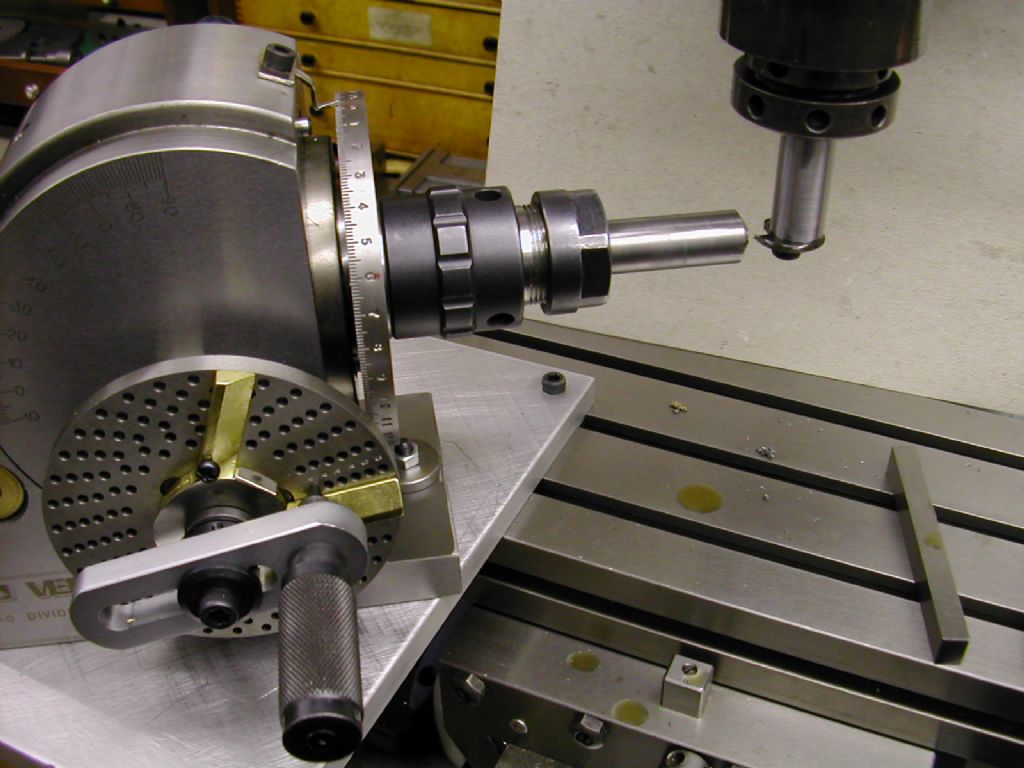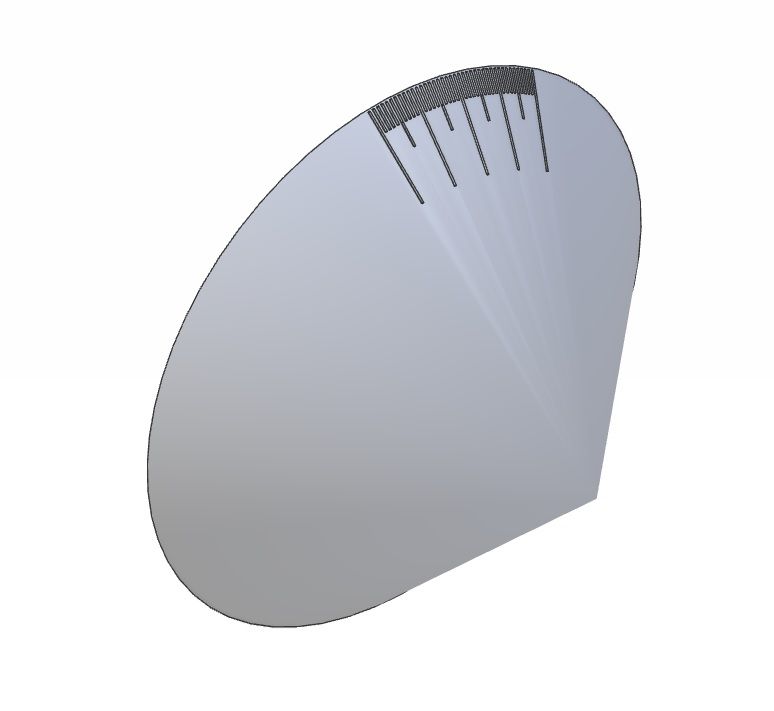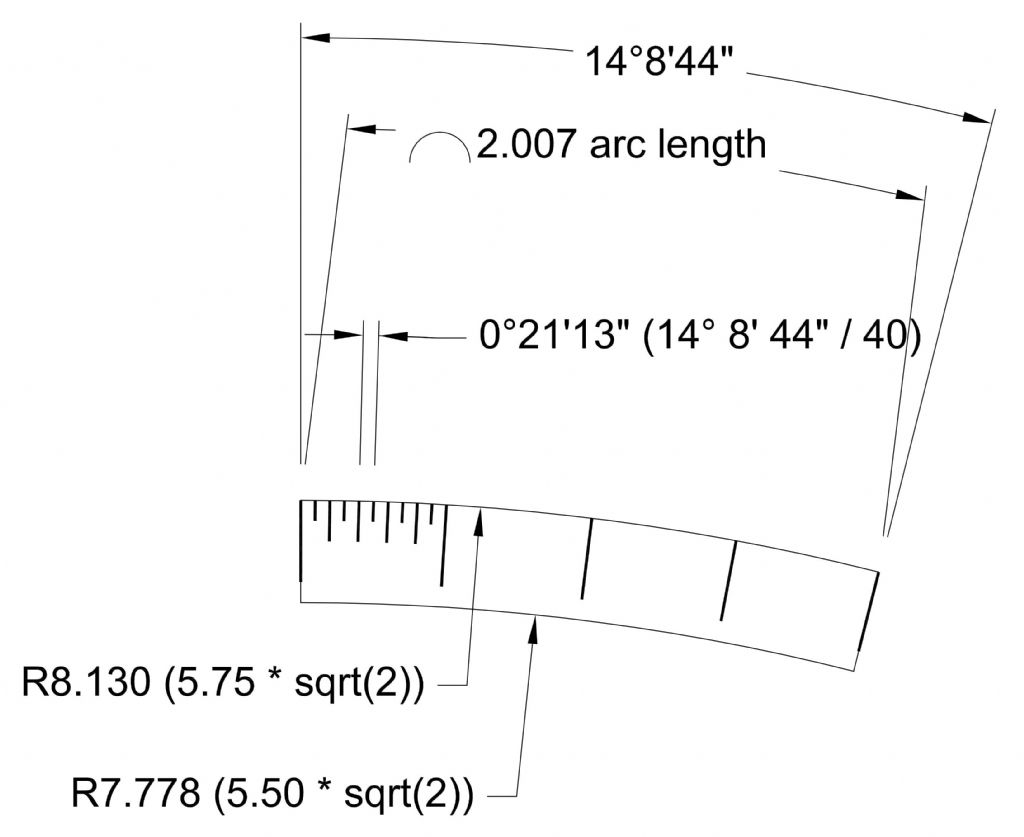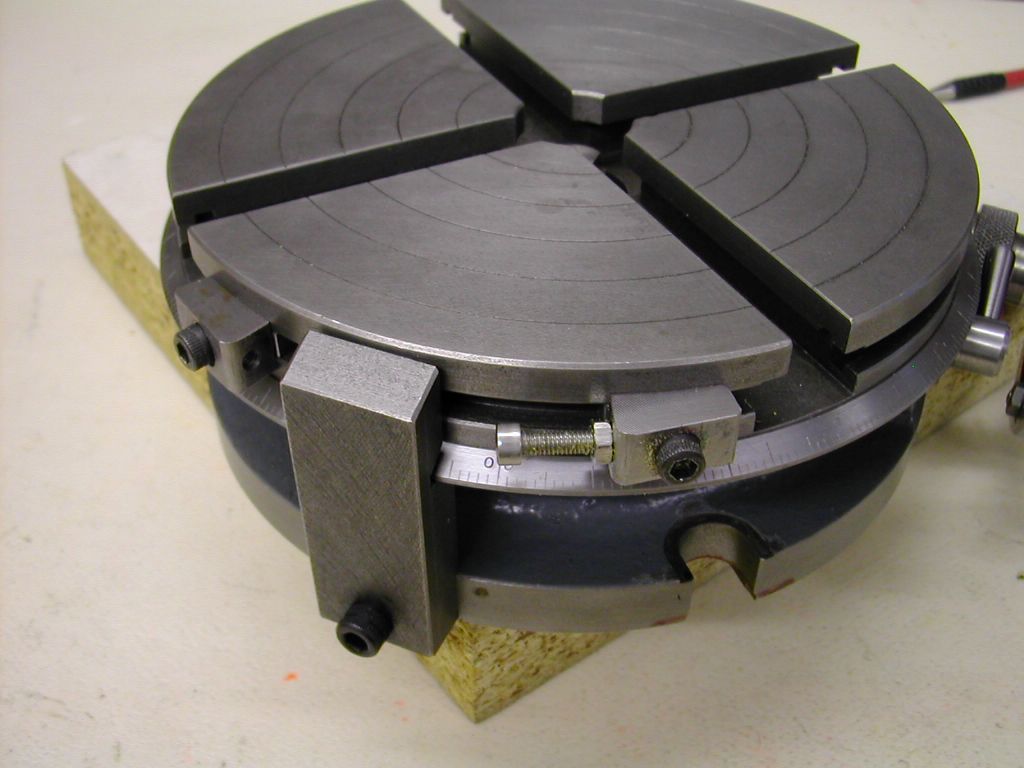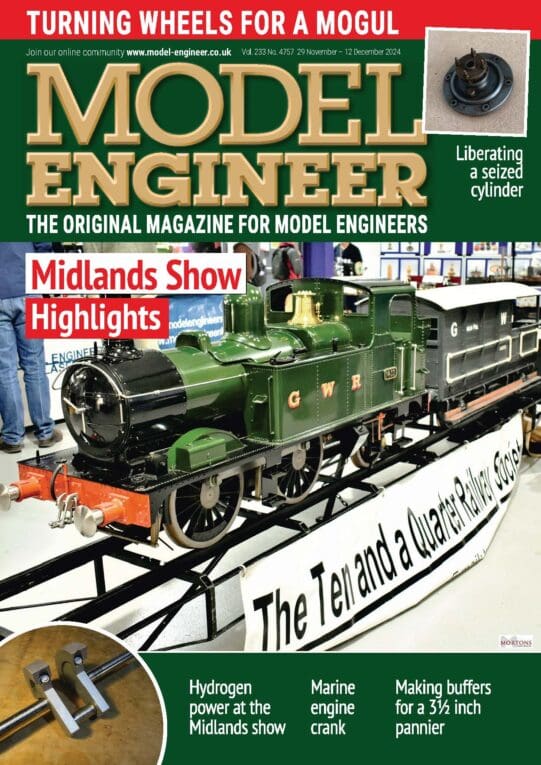Graduating a Hemingway Taper Turning Attachment
Graduating a Hemingway Taper Turning Attachment
- This topic has 23 replies, 12 voices, and was last updated 9 November 2022 at 00:26 by
Hopper.
Viewing 24 posts - 1 through 24 (of 24 total)
Viewing 24 posts - 1 through 24 (of 24 total)
- Please log in to reply to this topic. Registering is free and easy using the links on the menu at the top of this page.
Latest Replies
Viewing 25 topics - 1 through 25 (of 25 total)
-
- Topic
- Voices
- Last Post
Viewing 25 topics - 1 through 25 (of 25 total)
Latest Issues
Newsletter Sign-up
Latest Replies
- What is (Traditional) Model Engineering?
- Adverts on the forum
- Did the British Invent EVERYTHING!
- Traction Engine Identification Help Please….
- Taylor Hobson cutter grinder modificaton
- Taylor Hobson cutter grinder modificaton
- PocketMags Latest Issues
- iPadOS 18
- Dismantling the Pratt Burnerd Myford 3 jaw chuck
- New guy from Norway, planning a Bonelle grinder


